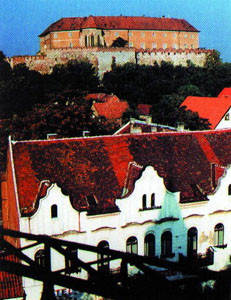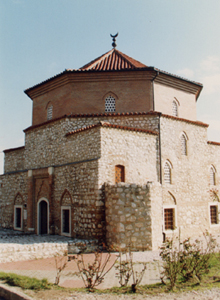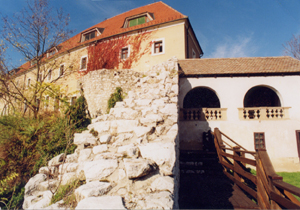|
The history of the shrine goes back to the Roman age. The busy road connecting Sopianae and Mursa (today - Eszék) ran under the hill, and the spring there served as a place for a rest for travellers. Next to the spring a statue of Mary was erected, later the Christian Slavs placed an altar of Mary here. The village was named after Győd, who was one of the chieftains of the Hungarian tribes arriving here in the 10th century. In the 11th century a chapel was built in honour of Mary, which was rebuilt in Gothic style in the 15th century and in Baroque style in the 18th century. In 1805 Pope Pius VII. established it as an official place of pilgrimage. East of the devotional church you can find the Holy Well, the water of which was taken home by the pilgrims in the famous jugs of Gyűd. A feast is held here on every Mary's day and on the important religious holidays, i.e. 25-27 times annually. This time the church and its vicinity is visited by many people, the number of which was nearly 500,000 in the past few years. Pictures of Máriagyűd, Siklós
|
Siklós map nagyítása >>
|
|
|
Hungary - Siklós (Máriagyűd) |
|
|
|
||
|
Friday, 17. May 2024. - 09:07:46 |
||


